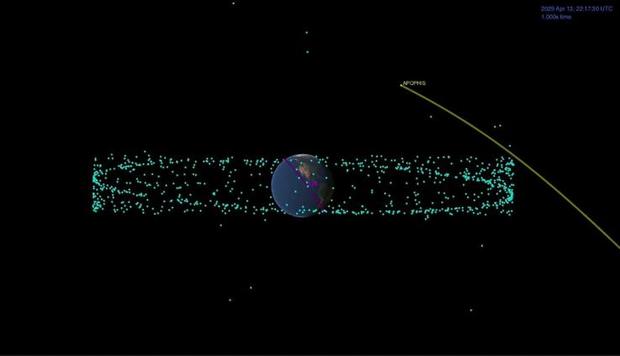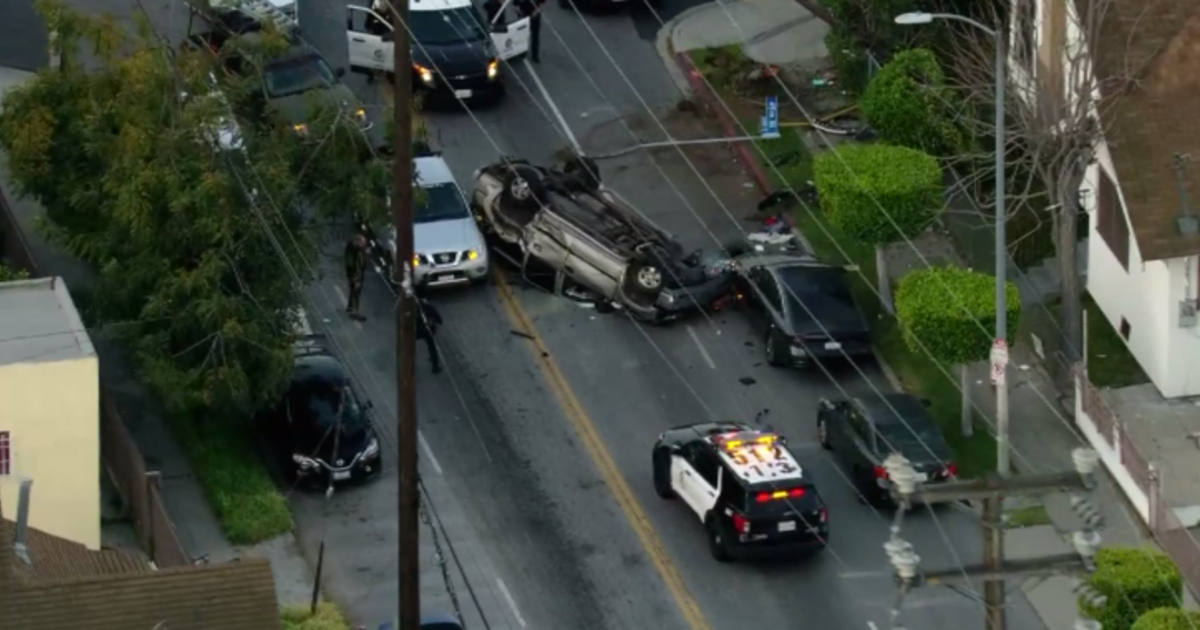'Planetary Defense Conference' Convenes For Asteroid Flyby On Friday The 13th, 2029
WASHINGTON (CBSLA) - "Although this scenario is realistic in many ways, it is completely fictional and does NOT describe an actual potential asteroid impact."
That's the ominous disclaimer and motto for an international conference involving NASA's Jet Propulsion Laboratory (JPL) and other groups underway in Washington, D.C. this week.
The 2019 International Academy of Astronautics (IAA) Planetary Defense Conference in College Park, Maryland, is bringing together an global panel of experts to discuss potentially hazardous asteroids and comets and how a defensive action might be mounted in case one of these is found to be on a collision course with Earth.
Part of the exercise - which officials stress is not related to any actual threat - will be based on an asteroid impact threat scenario developed by JPL. While only a simulation, officials say the scenario is typical of information that might be released by the UN-sanctioned International Asteroid Warning Network, IAWN, for such an event.
Conference participants will be asked to consider the possible consequences of the impact, provide recommendations on feasible asteroid deflection methods, and compare various space missions that might be launched to deflect the object. For a real threat, the predicted consequences would be used by emergency management agencies to plan and manage the pre- and post-impact disaster responses, according to the IAA website.
The conference will focus on 99942 Apophis, which experts say is one of the most important near-Earth asteroids ever discovered.
Apophis will pass by Earth on Friday, April 13, 2029, closer than any of our planet's satellite orbits, and will be bright enough to be visible with the naked eye for several hours upon its approach.
Named after the ancient Egyptian spirit of evil, darkness and destruction, Apophis is estimated to be around 340 meters in diameter. If it were to strike the Earth, it would cause major damage to our planet, according to the IAA panel.
While scientists say Apophis will not hit Earth in 2029, the closeness of its approach will provide a unique opportunity to study and perhaps send a spacecraft to this potentially hazardous asteroid.
"The Apophis close approach in 2029 will be an incredible opportunity for science," said Marina Brozovic, a JPL radar scientist who works on radar observations of near-Earth objects (NEOs). "We'll observe the asteroid with both optical and radar telescopes. With radar observations, we might be able to see surface details that are only a few meters in size."
However, the panel will examine a further hypothetical scenario.
"But suppose another asteroid is discovered and found to be on a collision course. What would we do? We might be able to deflect the object, but could our leaders provide funding and make other decisions at critical points? How would the public react if using a nuclear explosive was the only option for deflection?" a statement released on the IAA website reads.
Bill "The Science Guy" Nye is scheduled to speak at the conference Wednesday.
Click here to watch the livestream for the conference and the threat exercise.




